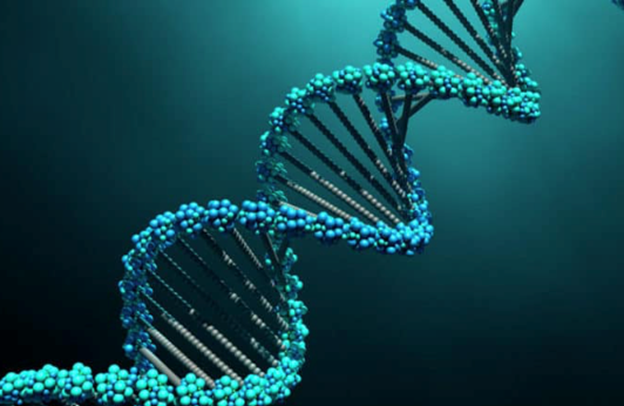DNA can mutate. Researchers at the University of Surrey say this could be due to strange rules of quantum mechanics.
Typically, DNA bases follow strict bonding rules based on shape. If the bonds change slightly, wrong bases can link—and a mutation occurs. What’s new is that sophisticated computational modeling can quantify the process accurately.
In the journal Nature Communications Physics, published this week, the Surrey team used ‘open quantum systems’ to determine the physical mechanisms that might cause the protons to jump across the DNA strands. Protons can cross streams due to tunneling.
In their study, the authors determine that the local cellular environment causes the protons, which behave like spread out waves, to be thermally activated and encouraged through the energy barrier. In fact, the protons are continuously and very rapidly tunneling back and forth between the two strands. When the DNA cleaves into separate strands, some protons are caught on the wrong side, leading to an error. Click here to read the full report.

